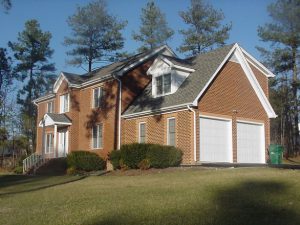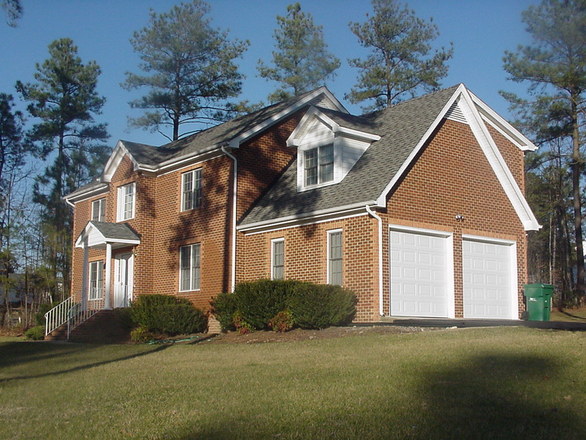 I will begin this discussion with explaining why I am passionate about receiving passive income. First, the short
I will begin this discussion with explaining why I am passionate about receiving passive income. First, the short
version is that it is the opposite of earned income. So, let me explain – in order to get earned income you must show up & produce a certain amount of duties over a certain period of time. These duties may be labor intensive or mentally intensive. Either way, you had to work & produce results in order to get paid at the end of the day/week or however your payroll department rolls out checks. In addition, in order to receive earned income you must show up in some capacity, otherwise you don’t get paid.
Passive income is the opposite of that description. When the process is setup properly, passive income is received without your efforts involved. Passive income is received by the efforts of other people or systems operating on your behalf and you get paid as a result. It feels so wonderful just to write/type this information on this post. Passive income is all about planning & producing – then reaping the benefits of your efforts after the groundwork has been provided over a period of time. This could be well beyond your lifetime if planned & executed properly.
In terms of real estate investing, how does this work? How does an investor setup a system to receive passive income? I will describe a basic analogy of a scenario I am involved with that produces passive income. First things first – A Game Plan is discussed and created. There is a saying that is very true – If you don’t plan your work, then you plan to fail. At least that is my version and I’m sticking to it! So, as far as real estate goes, we will be discussing residential real estate. With a particular type of property in mind, my Power team negotiates for a mild fixer-upper type of property to get the best deal & also to create value based on getting the best property (description-wise) at the lowest price.
Once the property has been purchased, & the entity/ownership structure in place, the Rehab Team goes in to make the necessary repairs. Repairs have levels of quality. Depending on the exit strategy, the repairs will either be up to city code or above city code & ordinances. Exit strategy simply means what will be the eventual outcome of this property? Are we selling the property at retail price? Or are we fixing up to rent out?
Once the repairs have been made, we will then turn to the Property Management team for tenant selection. Based on this phase, our exit strategy has been determined that we are renting out this property. Some investors are comfortable with being, “Landlords” and want to keep all profits & responsibilities of Property management “in-house”. This type of investor is limited to the number of properties that can manage depending on their overall business setup & staff on hand to handle the variety of tenant issues they will encounter. This is also the same investor that is likely to give up on investing in real estate because of the demands and lack of overall resources needed to accommodate the tenants/customers.
Once the tenants have been qualified and selected, then lease agreements are signed and all the necessary paperwork is signed by owner/management company & tenants to agree upon terms of the tenant(s) occupying the property over a specified period of time. Most lease agreement terms are for 12 months. This is the beginning process of receiving passive income as right after the Lease agreement is signed, the Property manager is prepared to collect the Rental Deposit & the first month’s rent.
With a quality product being provided and all repairs made from the foundation up to the roof being in solid/stable condition, the investor is in a prime position to receive passive income on this property. As long as the customer/tenant has all working appliances & systems in good standing, the process should be an easy property to manage as long as rental payments are received on time. Based on how we conduct market analysis, properties we select are always in high demand areas to lower risk in cases of turnovers from either evictions or the tenant/customer decides not to renew another lease.
There are a ton of additional ways to increase passive income streams but we will discuss those strategies for later. This is just another classic example of beginning with the right plan and having the right team in place can be the groundwork for producing passive income by using real estate investments.
In summary, the key to investing in real estate for passive income is all about creating value. That concept has to be the Mindset going into this venture. Once the customers perceives benefits of deciding to reside in your rental property, they begin to make their decision emotionally and then the journey begins.

